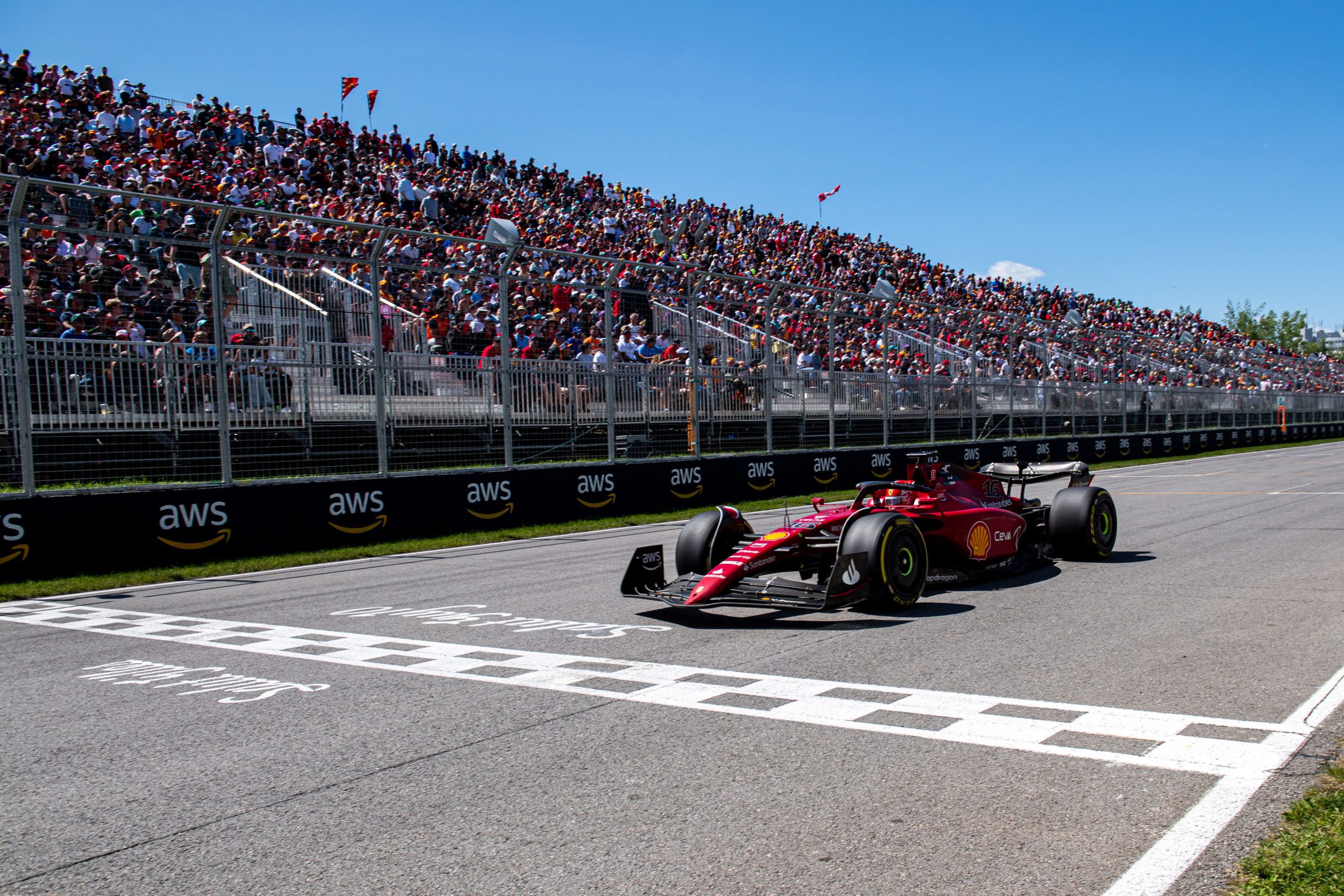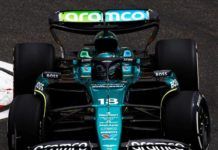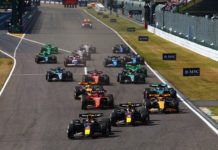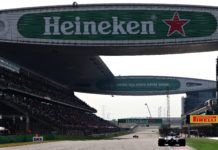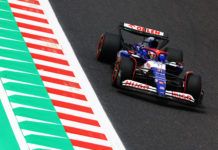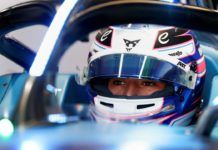Charles Leclec pulled off an admirable recovery drive in Canada, gaining fourteen positions from his grid slot of P19, after Ferrari chose to fit a host of new power unit elements ahead of the weekend.
Leclerc suffered a hugely costly retirement from the race lead in the Azerbaijan GP in what was a wretched race for Ferrari, with teammate Carlos Sainz retiring with a hydraulics issue after only nine laps.
The team opted to sacrifice the following weekend in Canada for Leclerc by fitting new power unit elements that would amass penalties to send him to the back of the grid. Due to the recent failures, Ferrari knew the Monegasque wouldn’t possibly make it to the end of the season, at least not without running power units conservatively, unless they made this risky compromise.
Having started in P19 in Montreal, Leclerc’s race-set-up Ferrari failed to deliver as expected in its ‘raceability’ with the Monegasque getting stuck behind midfield cars for longer than he would have hoped for. A slow pit stop only aggravated the issue as it dropped him behind a DRS train of cars in the middle of the race – some of which he’d already spent time passing in the laps before the stop.
“It wasn’t too bad,” Leclerc he said. “Obviously, unfortunately with the pit stop it put us in a bit of a bad situation because we had cleared the DRS train and we got another DRS train after the slow pitstop, which I had to push on the tyres and that cost me a little bit at the end. But overall, yeah, it was just a race where I had to be patient.
“At the beginning I was stuck behind a DRS train, in the middle part of the race I was stuck behind Esteban who had much newer tyres and was very good out of Turn 10, so that was enough for him to keep me behind, and yeah, whenever I had free air I think pace was really good. But yeah, it’s like this,” summed up Leclerc.
Nevertheless, his pace took an upturn in the final stint as he showed the strongest pace of his Canadian GP, impressively passing the two Alpines in separate moves at the hairpin, and the former championship leader stated how he spent time in the tougher-than-expected first stint of the race thinking about the final one.
“It was all about thinking about the end of the race and not getting too frustrated, because I just couldn’t do anything when everyone has DRS,” Leclerc explained. “I don’t think there was any other good solution to get free air today, but yeah again with the pitstop I think this cost us a bit of free air which we were searching for.”
Ferrari team principal Mattia Binotto explained how he resonates with Leclerc’s frustration, but makes it clear that it was known within the team that engine penalties would be at play in Canada for “many days” before the race weekend. Binotto was clearly impressed by Leclerc’s patience and well executed damage limitation race.
“It’s something we decided very soon after Baku, something [Charles] was aware of since now many days so he had time to digest and be prepared for the race weekend,” Binotto revealed. “He was focusing his race weekend knowing that he would start at the back of the grid on the race, and so even his Friday programmes were focused on high fuel runs just to make sure he was prepared for the race itself.
“It was certainly a frustrating situation for a driver. Certainly the race would have required a lot of patience, which was certainly the case, because sometimes he would like to overtake and [not be able to] because of a DRS train.
“Limiting the damage, starting from the back and finishing fifth is still a good race result. He’s got fresh power unit [components] for the next races, and we’ve got four races until the summer break which will be important for him to attack and let’s try to somehow recover some points if we can,” summed up Binotto.
Here’s Max Verstappen and Carlos Sainz on Canadian GP

